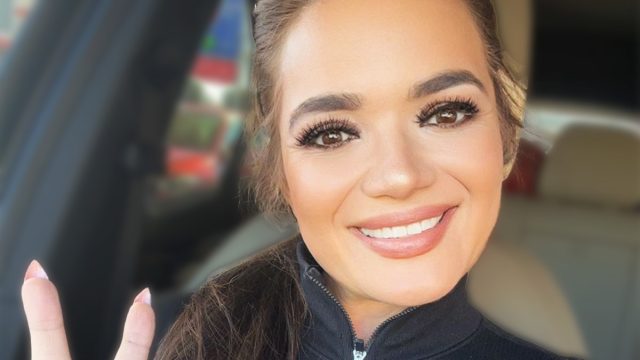7 Tips to Lose Weight Faster, According to Food Scientist
Struggling to see results from your weight loss efforts? You're not alone. Whether you're just starting your journey or looking to break through a plateau, having the right strategies can make all the difference. Christine Hronec, founder and CEO of Gauge Girl Training, food scientist, and former national bikini competitor, shares her expert insights on accelerating your weight loss journey safely and effectively. Read on to discover seven proven tips that can help you achieve your goals faster.
Start Your Day with High-Protein Foods
"According to the International Journal of Obesity, eating a high-protein breakfast could help reduce cravings and lower your calorie intake throughout the day," Christine explains in her post. She emphasizes starting your day with foods like eggs, egg whites, turkey bacon, or protein shakes to create a positive nitrogen balance, which significantly impacts appetite control throughout the day.
Skip the Sugary Drinks
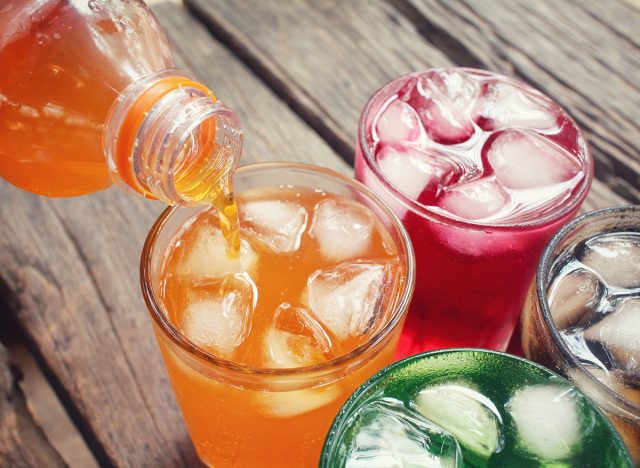
Research from the Institute of Cardiovascular and Medical Sciences backs Christine's advice to eliminate sugary beverages and fruit juices. "Your body needs to burn through glucose and carbohydrates before it shifts over into fat loss," she notes. It takes approximately 20-25 minutes for your body to switch to fat-burning mode at rest, and sugary drinks only delay this process.
RELATED: Nutrition Coach Reveals 10 Best Proteins That Actually Burn Fat
Drink Water Before Meals
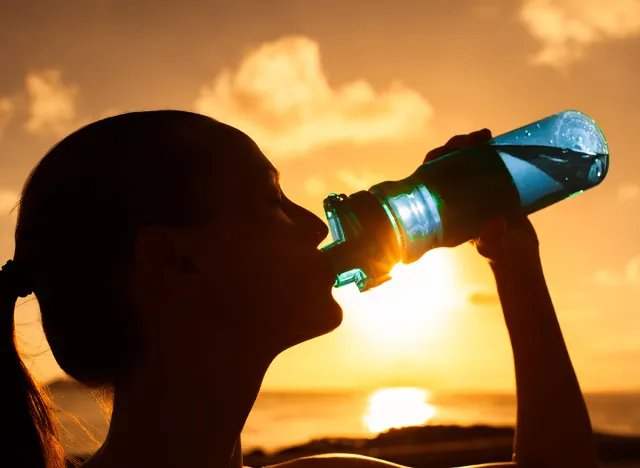
"The Journal of Clinical Nutrition has shown that drinking water before meals reduced caloric intake and improved weight management," Christine shares. She recommends consuming between 2-2.5 liters daily as a minimum, though ideally aiming for a gallon (3.74 liters) for optimal results.
Increase Your Fiber Intake
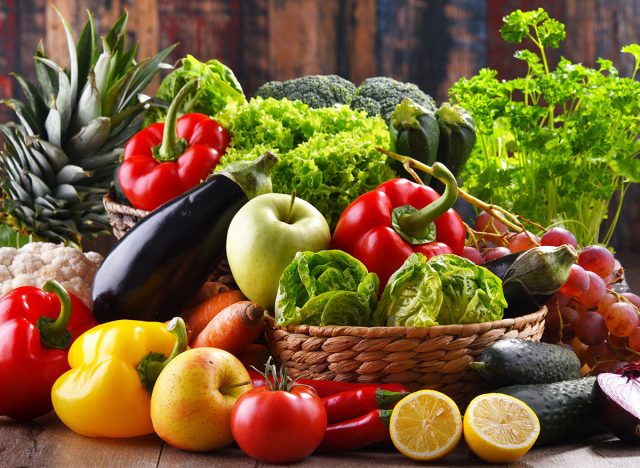
Christine stresses the importance of soluble fiber, recommending at least 17 grams daily for women and 25 grams for men. "Fiber helps detoxify the liver of excess estrogens and hormones, helps remove excess cholesterol, and keeps you feeling fuller longer," she explains. Good sources include vegetables, whole grains, nuts, seeds, and avocados.
Add Black Coffee or Tea
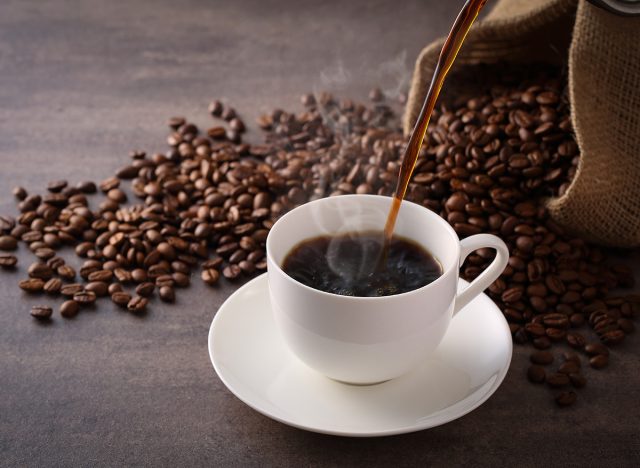
According to Christine, studies in Critical Reviews in Food Science and Nutrition support caffeine's role in boosting metabolism and fat loss. However, she cautions that pregnant or nursing women, and those with hormone imbalances or certain health conditions should limit or avoid caffeine intake.
RELATED: 8 Tips to Make Losing Weight Feel Effortless, From Proven Experts
Focus on Whole Foods
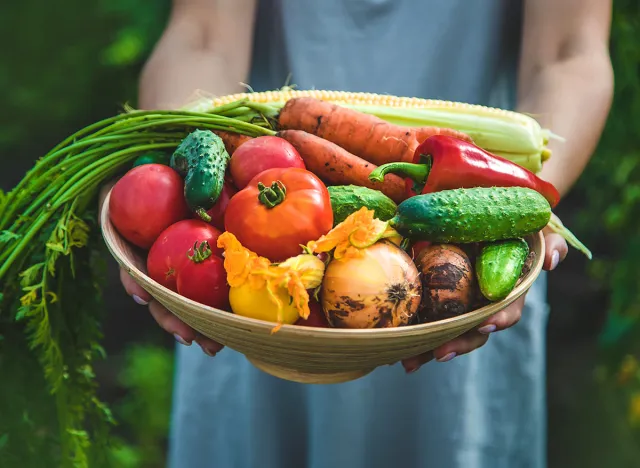
"Nowhere in nature do you find high-sugar, high-carb foods combined," Christine points out. She advocates for building your diet around real, whole foods rather than processed alternatives. While you can lose weight eating processed foods in a caloric deficit, whole foods help you feel fuller longer and support healthier habits.
Prioritize Quality Sleep

Christine emphasizes that quality sleep is often underrated in weight loss. "Poor sleep can burn out your adrenals and cortisol levels, leading to hasty decisions and poor nutrition choices," she warns. Making sleep a priority helps maintain energy levels and supports better decision-making throughout your weight loss journey. And if you enjoyed this article, take advantage of these 15 Quick Ways to Lose Body Fat Percentage in a Week.
